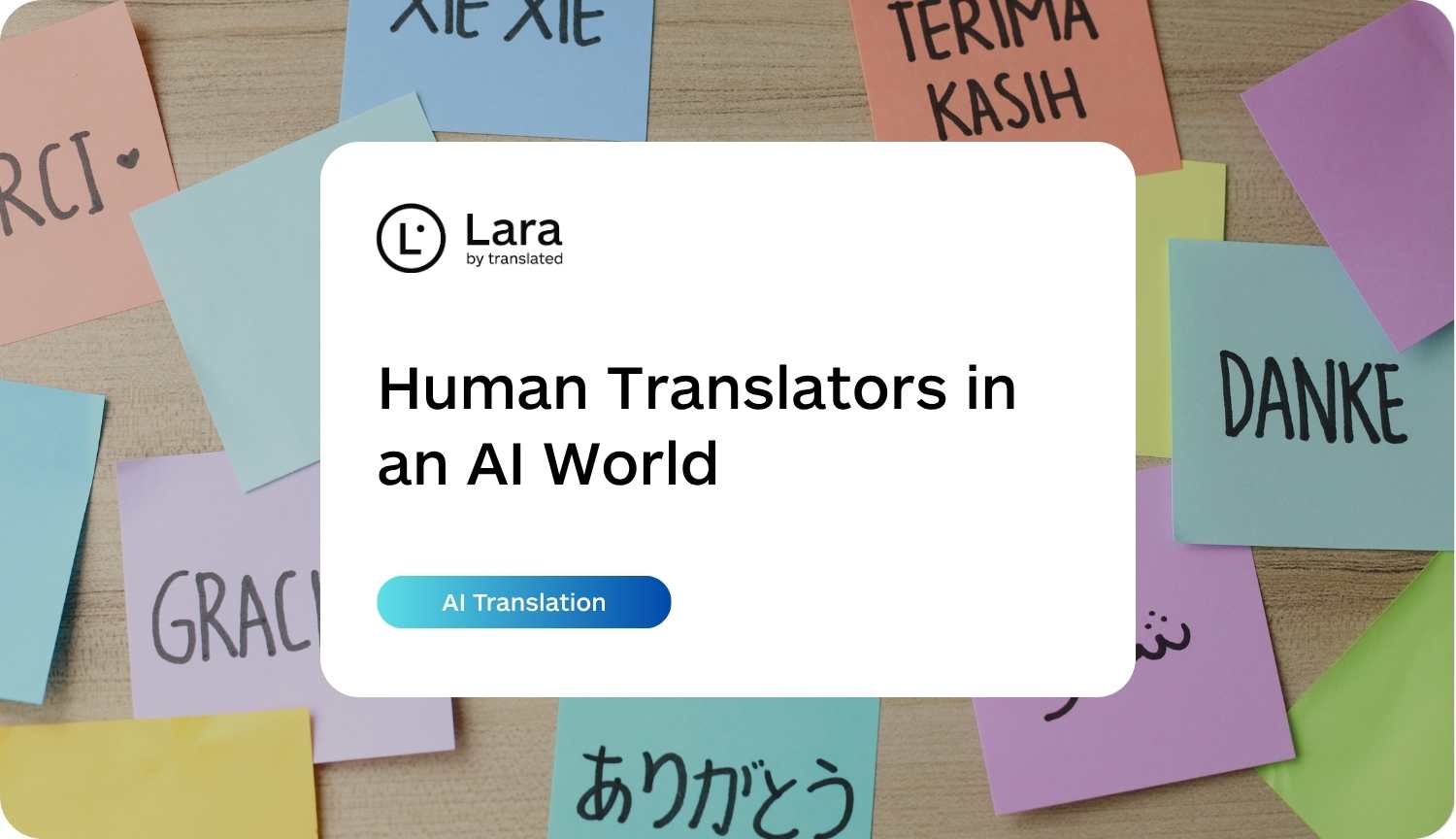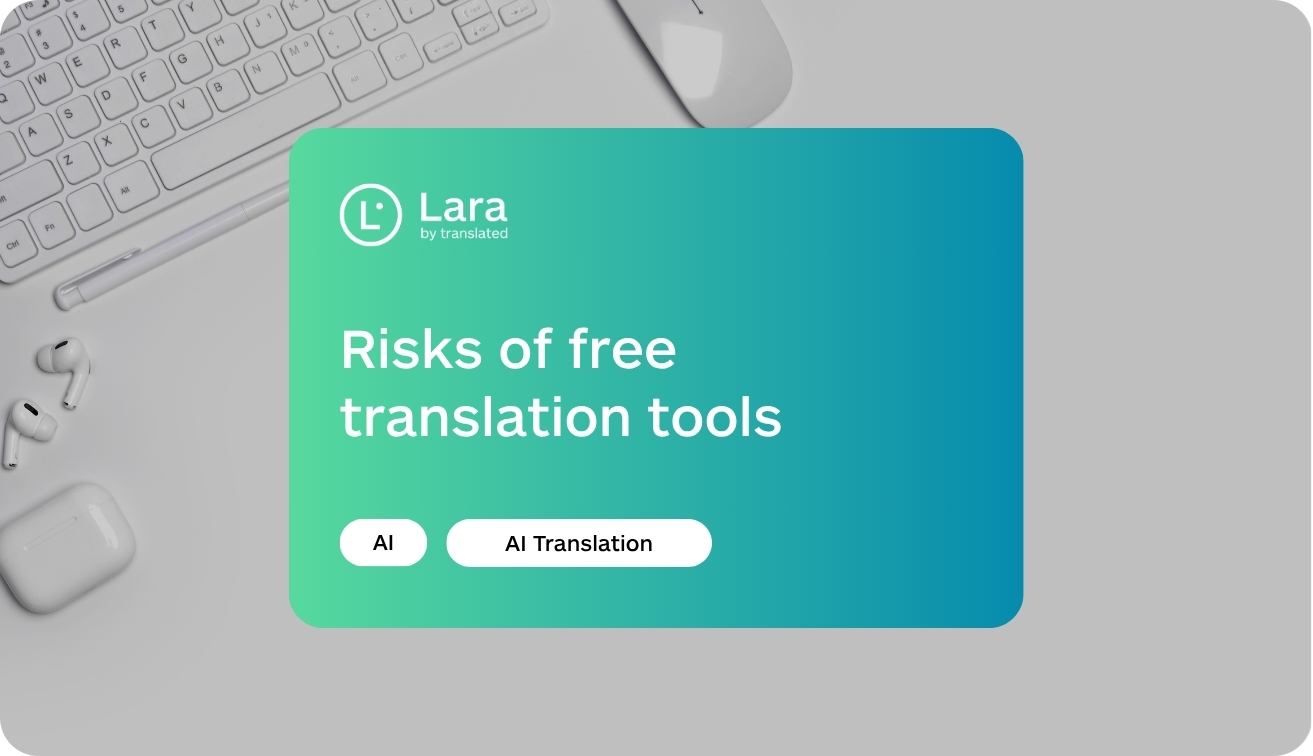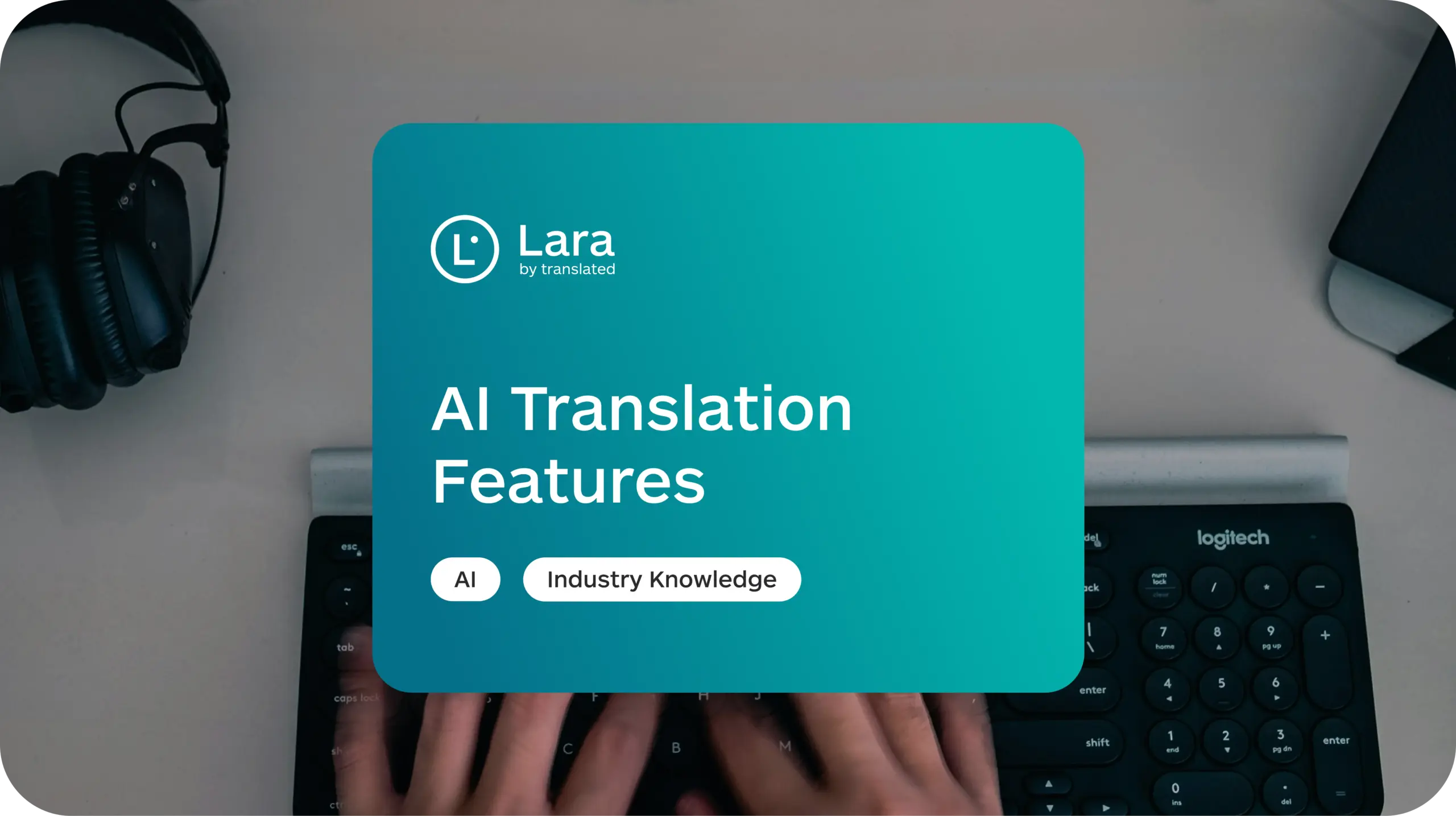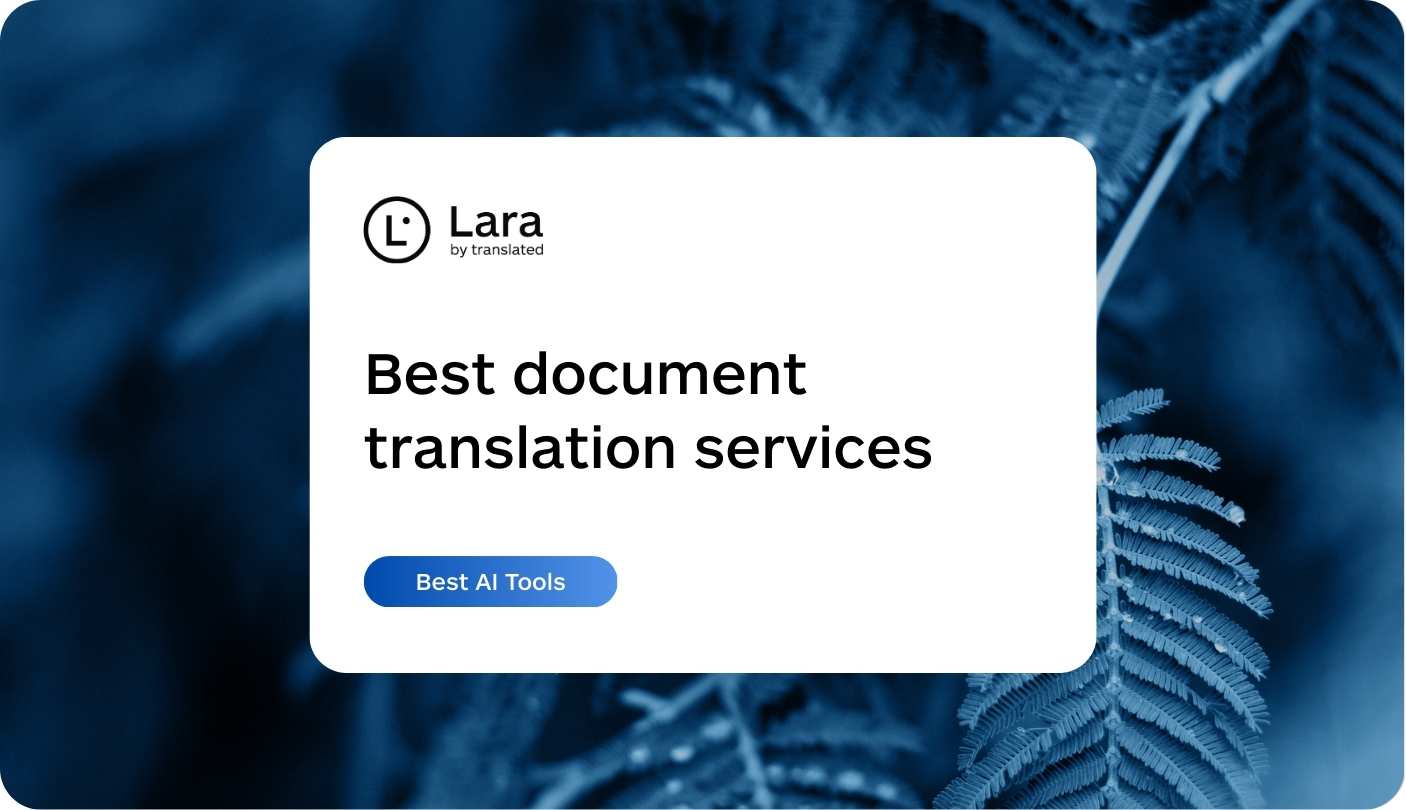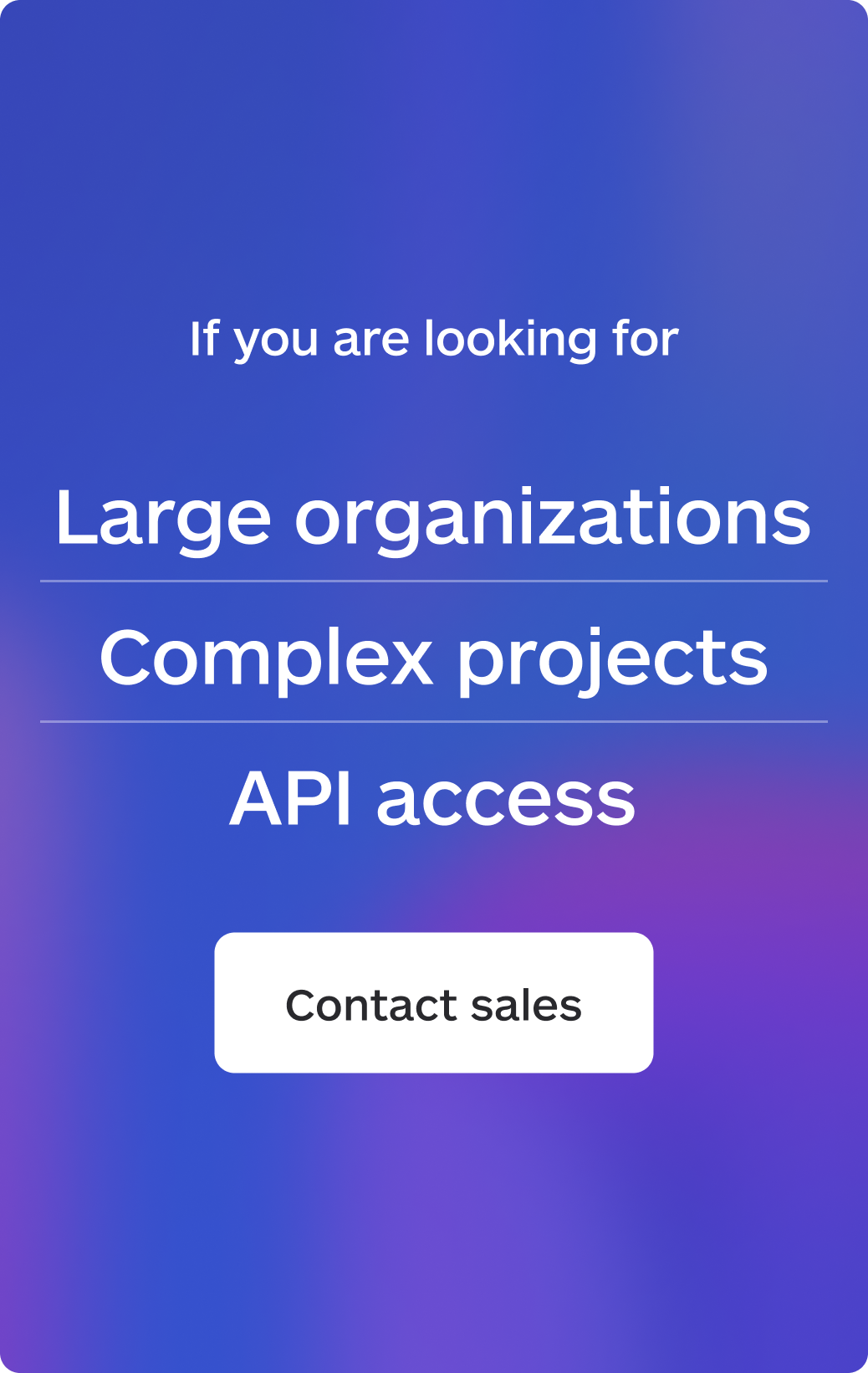With AI getting better at translation by the day, it’s fair to wonder: are human translators on their way out?
The short answer? Not even close. While AI tools are reshaping the industry, they’re not replacing the people behind the words — they’re changing how those people work.
In this new era of human translators in the age of AI, the future of translation isn’t about humans vs. machines. It’s about finding the right balance between speed, scale, and human nuance.
Here’s why human translators still matter — and always will.
Why human translators still matter
When most people think about translation, they imagine a straightforward process of converting words from one language to another. But experienced translators know this is just scratching the surface. In the age of AI, where speed and scale are increasing, human translators in the age of AI bring something irreplaceable: cultural understanding. Translation is as much about culture as it is about language. It’s about understanding not just what words mean, but what they imply, suggest, and evoke in different cultural contexts.
Consider a simple phrase like “grabbing lunch with a colleague.” In some cultures, this is a casual, quick affair. In others, it’s an important social ritual that can’t be rushed. An AI might translate the words perfectly, but miss the cultural subtext entirely. Human translators navigate these cultural waters instinctively, adjusting their translations to resonate with the target audience while preserving the original intent.
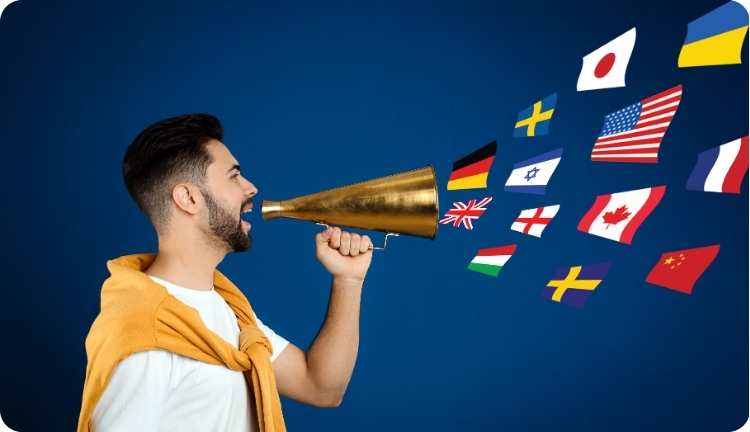
When machines meet complexity
AI translation systems excel at handling straightforward, factual content. They can churn through technical manuals, process vast amounts of data, and provide quick translations for basic communication needs. However, they struggle when faced with the complexity that human translation skills handle as second nature.
Take legal documents, for instance. A misplaced comma or an imprecise term can completely alter the meaning of a contract. AI systems, despite their sophistication, lack the contextual understanding and professional judgment needed to navigate these high-stakes scenarios. They can’t interpret between different legal systems, understand jurisdiction-specific terminology, or make the nuanced decisions that legal translation demands.
The same applies to creative content, marketing materials, and literature. These domains require more than literal translation—they need adaptation, cultural sensitivity, and an understanding of subtext that AI simply cannot replicate.
The role of human translators in AI world
One of the most striking differences between human and AI translation lies in problem-solving abilities. Professional translators are master problem-solvers. They encounter ambiguities, idioms that don’t translate directly, and cultural references that need explanation. They must decide when to be literal and when to adapt, when to clarify and when to leave intentional ambiguity intact.
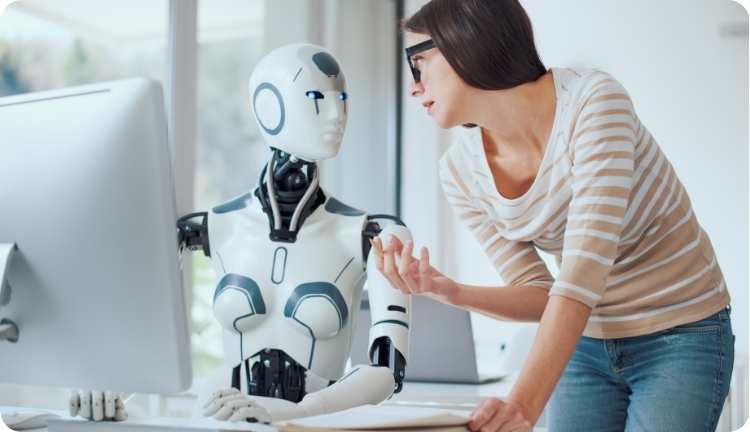
AI systems approach these challenges with statistical probability, often producing technically correct but functionally inadequate translations. Martin Kay, a respected voice in the field, distinguishes between “syntactic translation” (what machines do) and “pragmatic translation” (what humans do). While AI can manage the syntactic layer—getting the grammar and structure right—it fails at the pragmatic level, where real understanding and communication happens.
Translation jobs in AI age
Rather than seeing AI as a threat, forward-thinking translators are embracing it as a powerful tool. For human translators in the age of AI, the emerging model is one of collaboration — where machines handle routine tasks and humans focus on the complex, creative, and culturally sensitive work that requires real judgment.
This partnership model benefits everyone involved. For translators, it means less time spent on repetitive tasks and more time for the intellectual and creative aspects of their work. For clients, it offers improved efficiency without sacrificing quality. And for the translation industry as a whole, it creates new opportunities and roles.
How translators can work with AI
The translation profession is evolving, not disappearing. Human translators in the age of AI are adapting by developing new skills and expanding their service offerings. Many are becoming specialists in specific industries or content types, where their deep knowledge adds value that AI cannot match. Others are developing expertise in working with augmented translation tools, becoming proficient in post-editing AI content and quality assurance.

The collaboration between humans and AI in translation represents the industry’s future. While AI continues to improve in speed and basic accuracy, the human elements of translation—cultural insight, creative adaptation, and nuanced understanding—remain irreplaceable.
Human oversight in AI translation
As we look to the future, the role of human translators is not diminishing but transforming. The demand for translation services continues to grow globally, driven by international business, digital communication, and cultural exchange or large-scale events like Jubilee 2025. What’s changing is how this demand is met—with AI handling volume and humans ensuring quality, accuracy, and cultural appropriateness.
Human translators in the age of AI are more important than ever. For businesses and organizations that value quality communication across cultures, they remain essential. They bring the understanding, judgment, and creativity that no algorithm can replicate. In an increasingly automated world, these uniquely human qualities become not just valuable, but indispensable.
How Lara Translate supports human translators
Lara Translate empowers professional translators with AI that understands context, adapts to content style, and highlights ambiguity. Built on a database of 25 million expertly reviewed translations, Lara Translate delivers near-professional quality while preserving the translator’s control. Features like customizable terminology, style presets, and cultural nuance detection help streamline routine tasks—allowing translators to focus on creativity, interpretation, and client collaboration.
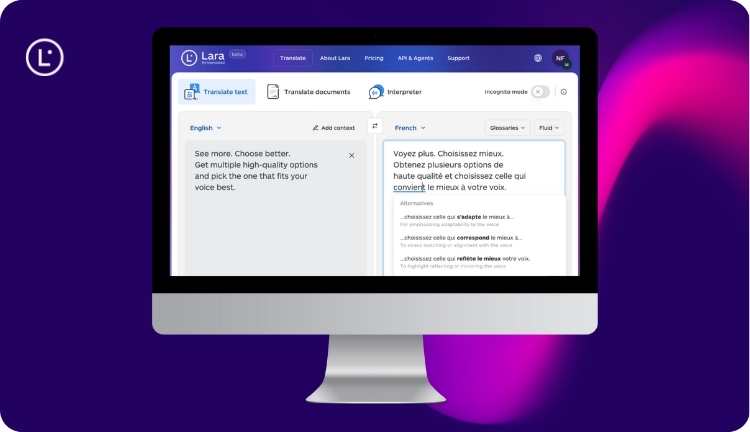
Human translators in the age of AI are no longer limited to manual, repetitive tasks. They’re strategic collaborators, equipped with intelligent tools that enhance their work. Lara Translate exemplifies this shift by acting as a true partner rather than a replacement. By automating the time-consuming parts of the job and surfacing contextual cues, Lara enables professionals to deliver higher-quality translations faster, with more focus on what only humans can do: make judgment calls, capture nuance, and build meaningful cross-cultural communication.
How AI is reshaping translation careers
The translation industry’s future is bright precisely because it combines the best of both worlds: the efficiency and consistency of AI with the insight and creativity of human translators. This partnership approach ensures that as our world becomes more interconnected, the quality of cross-cultural communication continues to improve, bridging gaps that technology alone cannot close.
Human translators in the age of AI are at a turning point. Translator adaptability has become a crucial skill, as professionals learn to harness AI tools while maintaining their unique value proposition. The future belongs to those who can seamlessly integrate technology with human expertise.
FAQ
Will AI eventually replace human translators?
While AI will continue to improve, it cannot replicate the cultural understanding, creative problem-solving, and contextual awareness that human translators provide, especially for complex or sensitive content. Human translators in the age of AI will keep a pivotal role.
How are human translators adapting to AI technology?
Many are developing specializations, learning to work with AI tools effectively, and focusing on high-value content that requires human judgment and cultural expertise.
What types of translation still require human expertise?
Legal documents, medical content, creative works, marketing materials, and any content where cultural nuance, emotional tone, or industry-specific knowledge is crucial.
Is the demand for human translators decreasing?
Actually, global demand for translation services continues to grow. What’s changing is the nature of the work, with AI handling routine tasks and humans focusing on complex, high-value translation.
What about AI ethics in translation?
Human translators play a crucial role in ensuring AI translations are culturally appropriate, avoiding biases, and maintaining ethical standards in cross-cultural communication.
This article is about
- Why human translators remain important despite AI advances in the translation industry
- The fundamental differences between syntactic and pragmatic translation, and where AI falls short
- The evolution of translation into a collaborative model between human expertise and AI efficiency
